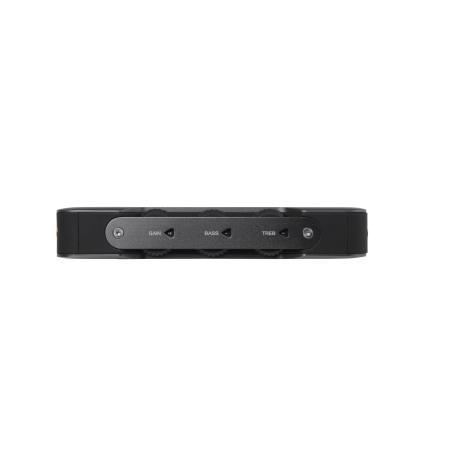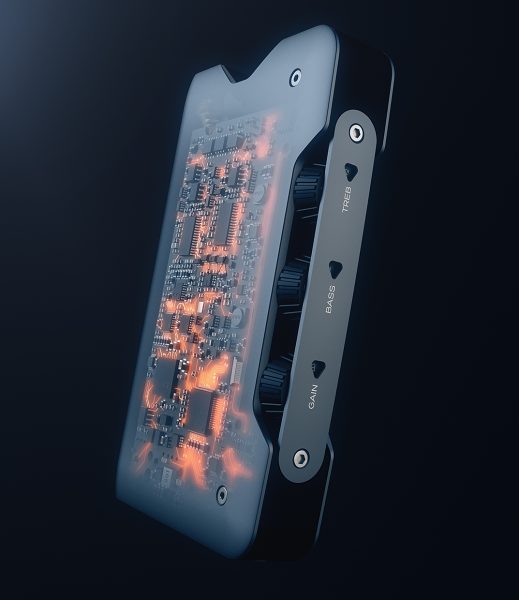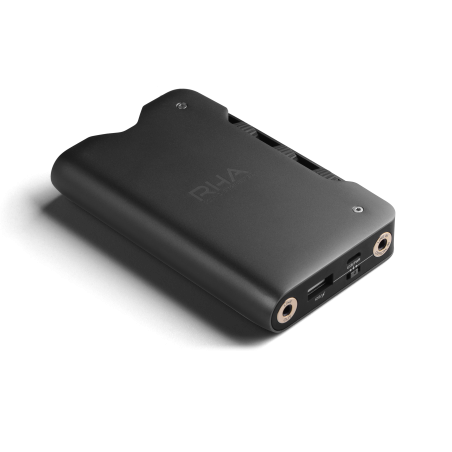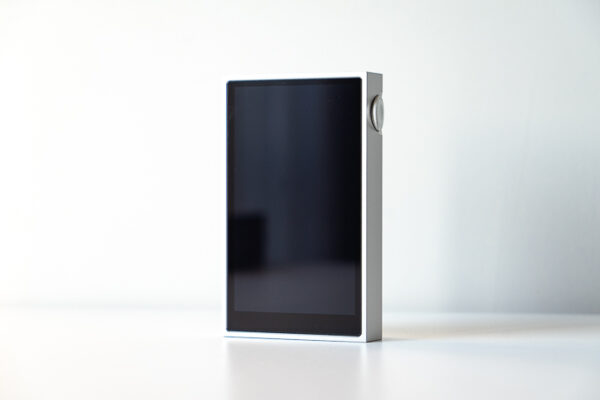Disclaimer: The DacAmp L1 was sent to us free of charge in exchange for our honest opinion. RHA isn’t a in any way related to Headfonia.com.
RHA
Over the last few years RHA has quickly become a respected and well-known player in the personal audio sector. For those who have been living on another planet for the last few years, here’s a short resume: RHA is a specialist British audio company and RHA stands short for Reid and Heath Acoustics. It’s actually a Scottish company and it was founded in 2011. RHA stand for true-to-life audio reproduction and lasting quality.
The creator of a unique range of high specification audio products driven by passion and pride. With these values at our core, we work to deliver the most accurate, comfortable and unobtrusive listening experience possible. Every RHA product combines high quality materials, precision engineering and our fundamental commitment to design.
Some of the RHA products we’ve looked at before are the T10, T10, MA600 and MA750. With each new product RHA released the sound quality got better and by now, we all expect a lot from the DacAmp L1 and the CL1 IEM which we’ll be featuring very soon.
DACAMP L1
The DacAmp L1 was released to the world last year and it was first shown to an audience during IFA in September in Berlin. I got to test it there before the show opened and I tried it with a CIEM and the AK70 DAP, OTG via USB and it worked perfectly out of the box. It took a few months after that but the new L1 became available to the end consumer right before last Christmas.
The DacAmp L1 is a portable headphone amplifier and DAC with dedicated processing circuits for each audio channel. It retrieves digital audio signals from smartphones, laptops, tablets and desktops and uses premium DAC components to decode, convert and produce high-resolution, true-to-life analogue audio.

Said in an even more simple way: the L1 is an external DAC & AMP combo that you can use with iOS, Android, Mac and Linux. It has USB-in, mini-TOSLINK in and a simple 3.5mm single ended input. The L1 has a single ended 3.5mm output, a 3.5mm line-out and a mini XLR balanced output. It’s a bit surprising they went with the mini XLR seeing most companies nowadays use the AK 2.5mm balanced output. RHA’s newest CL1 IEM comes with a mini-XLR balanced cable as well though. Sony also launched a new 4.4mm balanced output on their new DAP at IFA, so that means new cables, adapters and well, a whole lot of work for a lot of people. It is what it is.
The RHA L1 sports a 4000mAh Li-ion battery and it more or less provides 10 hours of playback. The exciting and new thing is that you can also use the L1’s battery to charge your mobile devices. Other extra features are the 12-step bass and treble control dials (-3dB – +9dB) and a 3-step gain control. The L1 also is an officially recognized High-Res A device by the Japanese Audio Society (that famous yellow sticker)
The DacAmp L1 comes with a 3-year warranty and it officially sells for $549.95 / £399.95 / €549
Tech/specs
On the inside of the RHA DacAmp L1 you will find two dedicated ES9018K2M DACs and class AB amplifiers for each stereo channel. Each channel is independently processed by a ES9018K2M DAC and class AB amplifier in order to transmit a pure, balanced sound signal to each headphone or speaker transducer. So each channel is separated from the source device to the ear, eliminating the risk of interference or distortion.
The ESS Sabre ES9018K2M chip supports audio formats up to 384kHz/32bit PCM and Quad DSD (11.2MHz, DSD245).
| Output power (16Ω) | 300mW |
| Output power (300Ω) | 28mW |
| Output impedance | 2.2 ohms |
| THD+N | >0.0018% |
| Dynamic range | 111dB |
| PCM sampling frequencies | 44.1 – 384kHz, 16 / 24 / 32-bit |
| DSD sampling frequencies | 2.8224MHz (DSD64), 5.6448MHz (DSD128), 11.2896MHz (DSD256) |
| Input connections | 3.5mm line in, USB A, USB micro-B, mini-TOSLINK Optical |
| Output connections | 3.5mm line out, 3.5mm headphone out, 4-pin Mini XLR (balanced) |
| Battery | 4000 mAh |
| Dimensions | 118x73x20mm |
| Weight | 233g |
Design /Build Quality
So far I’ve always been impressed with RHA’s build quality and the DacAmp L1 is no different. It measures 118x73x20mm and it weighs 233. It has the ideal size to stack it to a portable player such as the Fiio X5iii, AK70 or even the AK380 if you’d want to do that.
The chassis is a compact, durable aluminum casing and the all-metal outer doubles as an electromagnetic shield, protecting against signal interference. I’ve been taking the L1 with me in my bag each day and to be honest it has gotten quite the beating as it has no dedicated case and I just end up throwing it in my bag with the other stuff. While it doesn’t hurt the L1, it does leave marks on the enclosure so be careful if you’re sensitive to that. You might evens pot it in some of the pictures. The L1 comes delivered with cloth and I do advice using it when you’re planning on stacking it up, or your L1 and source will get a little scratched/damaged. I just put 4 little 3M bubble feet on the bottom to solve the issue.
The RHA DacAmp L1’s finish is good and I – besides the easy scratching – only have one extra remark about the rather sharp edges of the aluminum plate that is covering the bass, treble and gain buttons .
On top of the L1 you have the mini-XLR output, power switch/volume dial and 3.5mm single ended output. On the right side you have the bass, treble and gain dial and on the bottom you have the 3.5mm line out, the iOS input, the micro-USB input, the source select switch and the 3.5mm optical/single ended input.

The RHA DacAmp L1 comes delivered with a cleaning / pairing cloth, a USB micro-B – USB micro-B cable and a USB A – USB micro-B cable.
Usability, Sound and much more after the jump to Page Two









Rodrigo Figueiras
How it compares with the mojo , on rock or Heavy Metal music?
Radovan Cechvala
Wonder how it compares to OPPO HA-2 having the same Sabre DAC chip, I believe (but only one of them)?
Albert
Which one is more detailed? the Hugo or the L1? Wut would u choose for classical music? Thx!
Lieven
To the hugo, on both parts. If you have the budget it’s an easy choice. You might want to wait for Hugo 2 though
Hawkin
Hi Lieven, Are you planning to review the Radius TWF41 particularly feat with mojo? Is the mid-section comparable to Fitear Tg334?
Thank
Lieven
I will review it, yes. It’s to good not to 🙂
I will use it with the Mojo in the review but I don’t have the TG334, sorry
NightPhotographer
How did you find it compared to Duet?
Cheers
Lieven
Well Duet is not a DAC/AMP and it’s a fully analogue balanced device. Duet sounds more relaxed and musical with a normal delivery unlike the L1’s supercharged one. Duet is more natural sounding
Martin Fuhs
Very Powerful? Nah, 300mW is not “very powerful” for an Amp. I get 300mW out of my Cayin N5 DAP (balanced) and 800mW out of my portable Cayin C5 Amp. That is powerful. If you are just speaking about the use of IEM’s, yeah, then 300mW are plenty of enough. But as you stated, the HD800 needs more “juice” to sound good. The same goes for the Hifiman HE1000. And then it also depends on the recording quality. If i listen to lets say “Nik Bärtschs Ronin”, music that has such an huge dynamic range and is usually mixed quieter, then i need all the power in the world to make my HD800S sound good.
M. Ingels
Hello Lieven,
Can the XLR output also be used with balanced headphones? What’s the output power in balanced mode?
Lieven
Hi, if you have a balanced cable terminated in mini xlr, yes sure.
No idea about the balanced output specs
Michel I
Dag Lieven,
Price went down on amazon: now £ 249 in the UK, 399 Euro in France and Germany.
IMO much better value now.
Regards
Sanket
Which is better suited for the B&W P7: Oppo HA2SE or the Dacamp L1. I prefer a slightly boosted but accurate bass reproduction